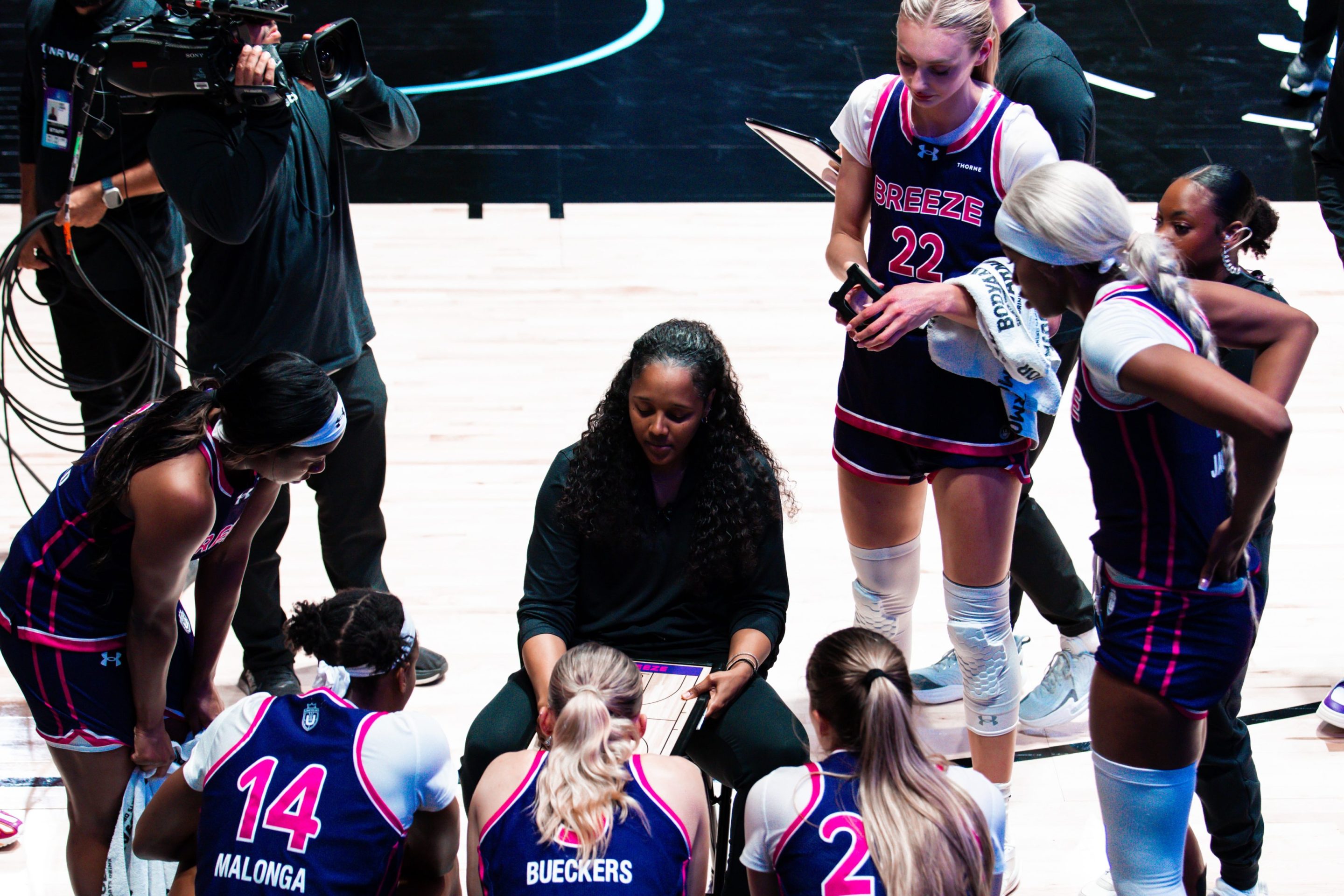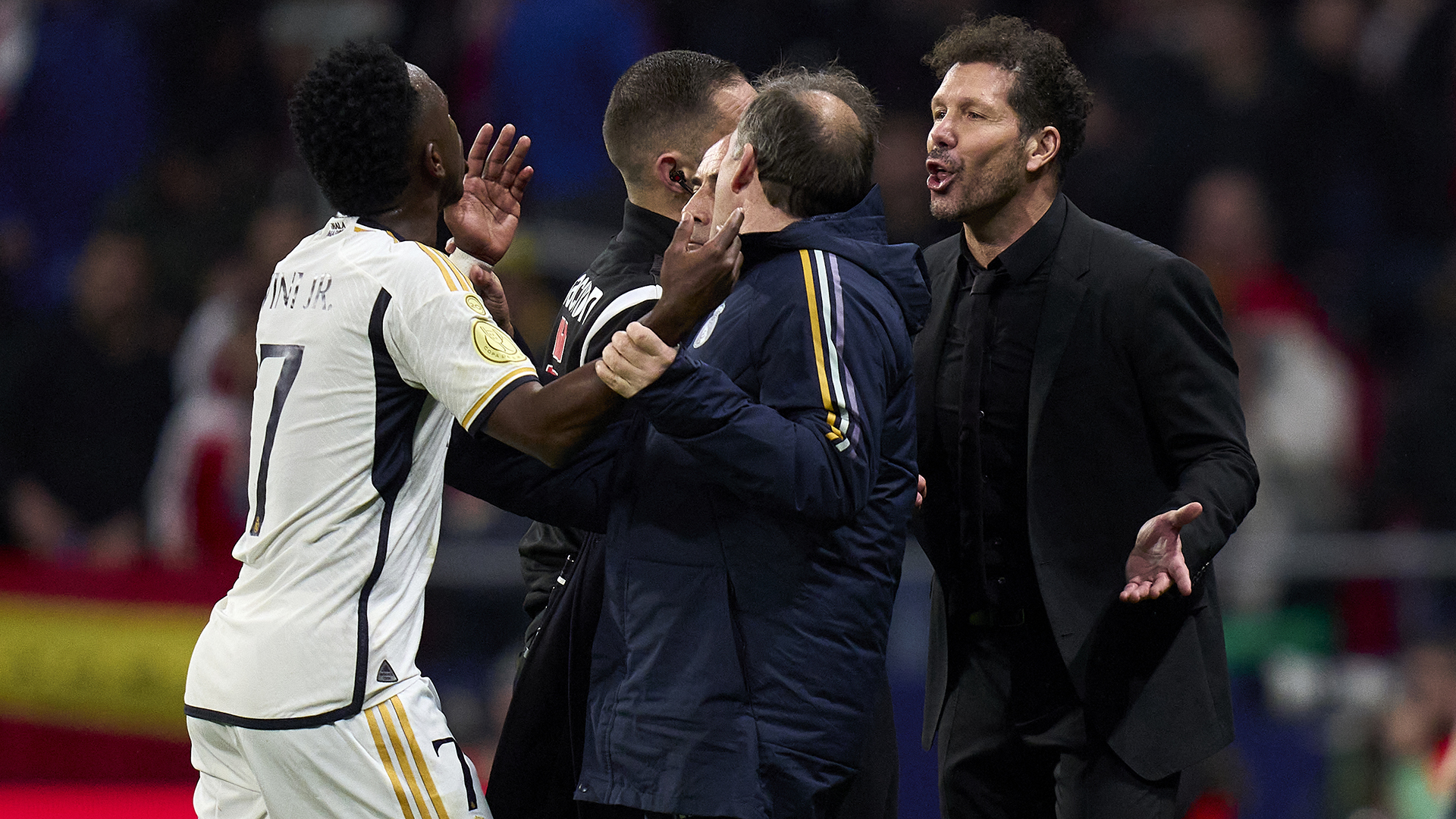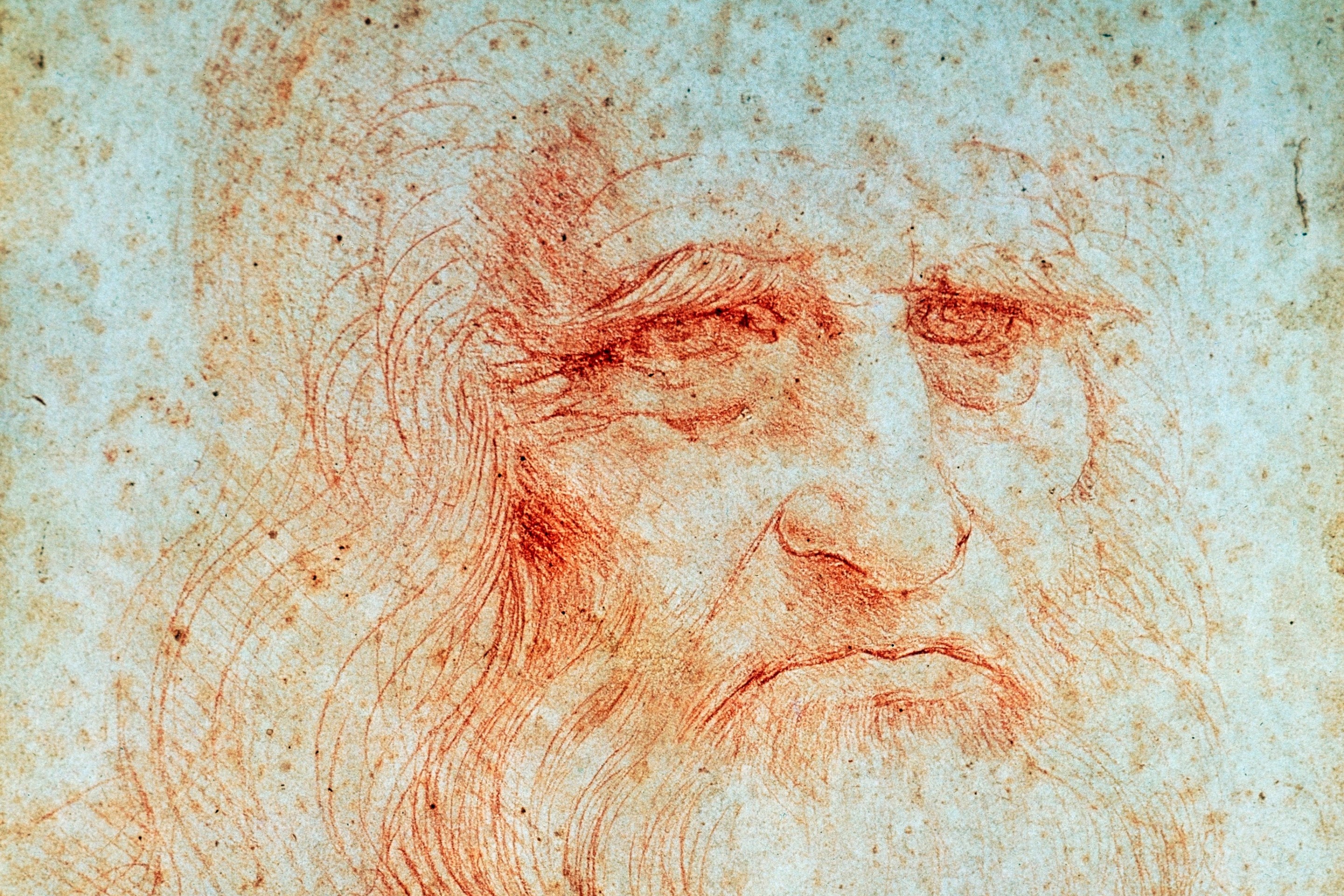Only a few years ago, JD Vance was boasting about his immigrant roots. “To understand me, you must understand that I am a Scots-Irish hillbilly at heart,” Vance wrote in Hillbilly Elegy, the 2016 book that launched him into the public consciousness.
Given that he leveraged the success of that bestseller and the movie it spawned into a job just a heartbeat away from the top spot in the most anti-immigrant administration in American history, it's kind of delicious watching the foreigners he'd claimed as kin fail to admit he’s really one of them.
“JD Vance’s Irish ancestry claim hits a genealogical dead end,” trumpeted a headline in The Times of London in May. The newspaper had uncovered private emails from Northern Ireland government officials admitting the fact-checking expedition they'd commissioned into Vance's ethnic identity had “run into the proverbial brick wall” trying to prove the veep's actual ethnicity was as he'd said.
The Times of London report has caused all sorts of angst for the Irishman who originally validated Vance's ancestral claims, while also creating a feast for critics of the genealogical practices that take place outside of a laboratory setting. I heard from both sides while reporting this story, and they aren't too happy with each other. But how often do "JD Vance," "immigrants" and "happiness" show up in the same conversation anyway?
For the uninitiated: Scots-Irish, also known as Scotch-Irish and Ulster Irish, is a tag given Protestants who came to Ireland from Scotland in the 17th century as part of the Ulster Plantation, a plan from England’s King James I to displace the indigenous Gaelic Catholics in northeast Ireland who resisted the crown’s imperialist designs on their homeland. Lots of Scots-Irish became early settlers in the New World, including in the Appalachia region of the future United States, which Vance always said was an ancestral home. The king’s replacement theory exercise led to centuries of religious, economic, and actual warfare in Ireland that continued even long after the 1922 division of the island into two countries, the sovereign Republic of Ireland and Northern Ireland, which is made up of six Ulster counties and remains stuck with the United Kingdom.
Vance’s alleged foreign heritage came up while he promoted his book. Charles Murray, best known as the author of the legendarily racist tome The Bell Curve, said he and Vance shared “pretty clean Scots-Irish blood” during a joint appearance in 2016 at a seminar sponsored by the American Enterprise Institute, titled “The Decline of the White Working Class.”
Vance’s ancestral claims weren’t a big deal in Ireland while he parlayed his book’s renown into a successful run for the U.S. Senate in 2022. But folks across the pond started giving a rip about him and his alleged roots after he was named Donald Trump’s running mate for the 2024 presidential campaign.
John Hagan was among those who looked hard into Vance’s ethnicity. Hagan, 57, is a native of Coagh, a village in the Ulster Province on the border of the counties of Derry and Tyrone. As a wee lad in the early 1970s, he says, his favorite place in his hometown was the cemetery adjacent to St. Lukes Parish Church. He became enamored with the biggest headstone there, which marked the grave of Reverend John Vance, a powerful Protestant preacher who had come from Scotland during the Ulster Plantation. The monument, which still stands, is loaded with engraved information about the dead man of god and many family members.
“Some magnetism drew me to this large tombstone,” Hagan tells me. “You know how you see something and it always intrigues you as a child? For me, that was it.”
Hagan says his childhood obsession with the centuries-old marker led to him growing up to be a leading historian of the preacher, and others who might come from Coagh. Hagan says that for his investigation into JD Vance, he searched every official government record he could get his hands on or find online, such as deeds and birth and death certificates, as well as less formal documents like wills, obituaries, and written family histories from sources on both sides of the Atlantic.
Hagan admits he started out really hoping to find that the high-ranking Yank was of the same clan as the reverend, so he could tell the world the new vice president was Scots-Irish. Just like him.
“Nobody comes from here,” he says.
So he also confesses being thrilled when his efforts enabled him to put together a family tree for Vance whose branches went from the village of Barnbarroch in Scotland right through the graveyard at the local church, then into the former British colonies and all the way to Washington, D.C.
Hagan asserts that Vance’s ancestors ended up in the New World by way of a descendant of Reverend Vance named Andrew Vance, who left Ireland for America “at some point between 1728 and 1729 and by 1732 was most definitely in the colonies.” He traced several generations of related Vances, including guys with old-school names like Ephraim Vance, McKinley Vance, and Abner Vance, the latter an accused murderer who was hanged in Abingdon, Va., in 1819 as part of the legendary Hatfields and McCoys family feud.
During the 2024 presidential campaign, Hagan started promoting his findings in Irish newspapers and declaring that Trump’s running mate was “Ulster-Scots through and through.” Politicians in Ireland seemed to notice. When Micheál Martin, the Republic of Ireland’s taoiseach (an office equivalent to prime minister), visited the newly re-inaugurated Trump and Vance in the White House in late winter, he politely brought up the vice president’s reported lineage in his official remarks. "Scots-Irish emigrants, among them your forebears, played a key role in shaping this country,” Martin said to Vance, who came to the event wearing shamrock socks.
Officials in Northern Ireland, who are far more likely than anybody from the Republic to reference the Ulster Plantation without sneering, also made a St. Patrick's Day pilgrimage to America for an audience, and went much further than Martin had in their effort to suck up to Vance. Gordon Lyons, minister for communities in Northern Ireland, announced before the White House visit that he was bringing along a report on an official investigation into Vance’s alleged Scots-Irish roots that he’d commissioned.
Gareth Fullerton, a spokesman for the Department of Communities and Lyons, said via email that the Vance research was undertaken “as part of the ongoing preparations to mark the 250th anniversary of the USA in July 2026.”
Alas, N.I.'s effort to prove Vance really is a Scots-Irish hillbilly has become an embarrassing debacle. According to the Times piece that broke news of the trainwreck, researchers found “no solid evidence” that JD Vance “had any link” to the Andrew Vance who emigrated from Ireland to America in the mid-1700s. Stephen Scarth of the Public Record Office of Northern Ireland told Defector that researchers were “unable to verify” any of the alleged genealogical ties between Vance and his alleged Ulster ancestors of the same surname.
But Minister Lyons went ahead and published a smoking gunless report, and announced he intended to personally present the findings to Vance during his U.S. visit.
Apparently the desired document handover didn't take place, however. Fullerton told me recently that while "U.S. officials" have been given the results of Northern Ireland’s investigation, "a formal presentation date" of the report "has not been confirmed." Fullerton provided Defector with a digital copy of the 24-page document, titled “The Family Footsteps of JD Vance.” And, diplomatically speaking, not turning over the report is probably the best for all concerned. The booklet, whose production values and content evoke a middle-school scrapbooking, opens with a mission statement explaining that the project’s goal was to prove JD Vance was related to the Andrew Vance who’d left Coagh in the 18th century. The rest of the report, however, finds a genealogist identified as Dave Miller citing sources such as Wikipedia, Wikitree, and FindAGrave, while repeatedly admitting that the desired family ties between the veep and Ulster-Irish émigré Andrew Vance was never located. "I have been unable to locate any records to prove the link," he writes. The closest Miller comes to saying he found even one actual Irish person, living or dead, on the branches of JD Vance’s family tree is a page listing an Ephraim Vance, who was born in an unnamed town in Ireland in 1718 and who had a father named Andrew Vance and a son named Abner Vance and died in Virginia in 1760.
Just the connection he was looking for? Nah. Miller writes in another portion of the report that he found nothing showing that this Ephraim Vance is the same guy as the Ephraim Vance who’d shown up in previous investigations into JD Vance’s genealogy, including Hagan’s.
Bottom line: The goodwill goal to make a connection between the Ulster Vances and vice president went unrealized.
Genealogy is commonly messy. According to advanced Vanceologists, a lot of Americans now named “Vance” arrived there because of bastardizations of the surnames Vans, Vanse, Vaus, Vauss and even Wentz. And even the best kept records can be waylaid by things like adoption, infidelity, or a great-looking milkman. What is known beyond the shadow of a doubt about Vance’s personal history makes any search for his roots seem even more foreboding. Consider his many name changes, for example. He was born James Donald Bowman in Ohio in 1984. After his biological father, Donald R. Bowman, divorced his mother, Beverly Vance, he was given the surname of his mother’s third husband, and had his middle name dropped because it was his real dad’s name. So he grew up as James David Hamel. He appears as both James Hamel and JD Hamel in the Middletown (Ohio) High School 2003 yearbook, which also lists him as the vice president of the class of 2003. Shortly before writing Hillbilly Elegy, he started using his mother’s maiden name and going exclusively by initials. In his early 20s, JD Vance was born.
Not surprisingly, the Department of Communities contractor wasn’t the last genealogist unable to verify Vance’s Scots-Irish claim. Dave Vance couldn’t either. He is president of the Vance Family Association (VFA), a group that’s been compiling family histories of folks named Vance since 1984. He says he got into family research via his father, a globetrotting amateur historian bent on finding out everything he could about his Scots-Irish family’s history. Much like Hagan, he spent a good chunk of his youth in Irish graveyards. “I was following my dad around,” Dave Vance says. “People ask me if Donegal was pretty and I say I’d been there but spent all my time in cemeteries looking up ancestors.”
He says he's never spoken with JD Vance, and that neither personalities nor politics played any role in his conclusions about the vice president's lineage. But every bit of DNA evidence gathered by the VFA on various Vances through the years refutes any assertion that there’s a connection between JD Vance and the Scots-Irish, or any Scottish link at all. Dave Vance told the Times that his research does indicate JD Vance has some Irish blood, but also showed Reverend Vance, the alleged patriarch of all Scots-Irish Vances, is not biologically connected to the vice president's ancestors even if you go back "several thousand years.”
Hagan has read all about Dave Vance’s DNA-based opposite conclusions. He hasn’t taken the news well.
“I’ve studied history for bloody years,” Hagan says with a brogue so wondrous and an attitude so dynamic both should be bottled, “and now this guy’s looking at DNA and saying, ‘You’re totally incorrect! You’re totally incorrect.’ Just fuck off! It’s hurtful! ‘I got DNA!’ I don’t give a shit what you got. Go away!”
And Dave Vance, in turn, knows all about Hagan’s conclusions and how angry VFA’s favoring DNA-based research over anecdotal evidence have made the Coagh genealogist. He plans to continue to let lab work trump “something put on a headstone.”
“In genealogy, there are different kinds of people,” he says. “There are people who only accept truths, and there are people who say they have a direct line to Adam and Eve. I’m more of a hard science guy.”






